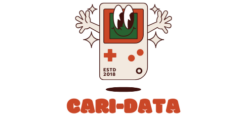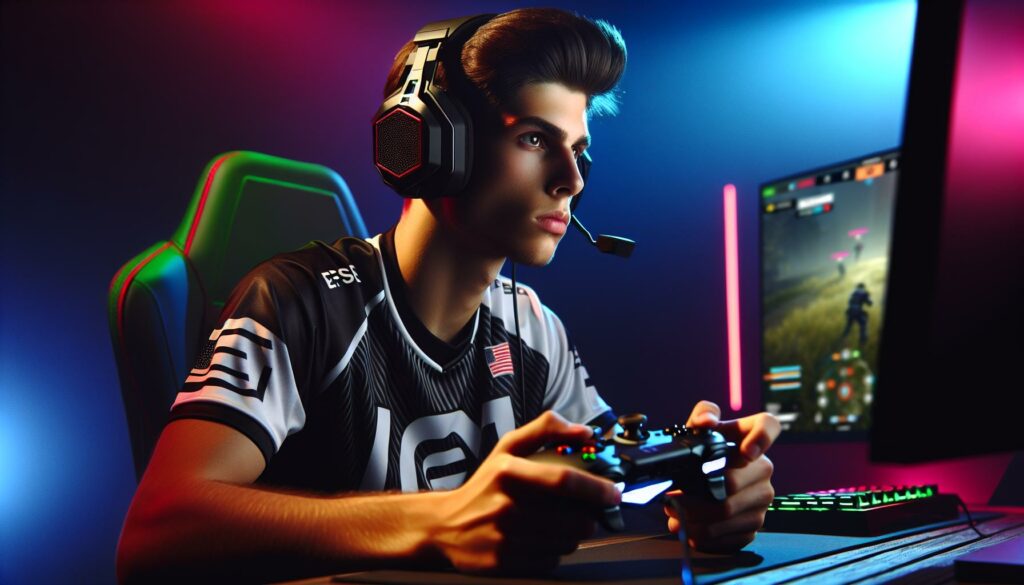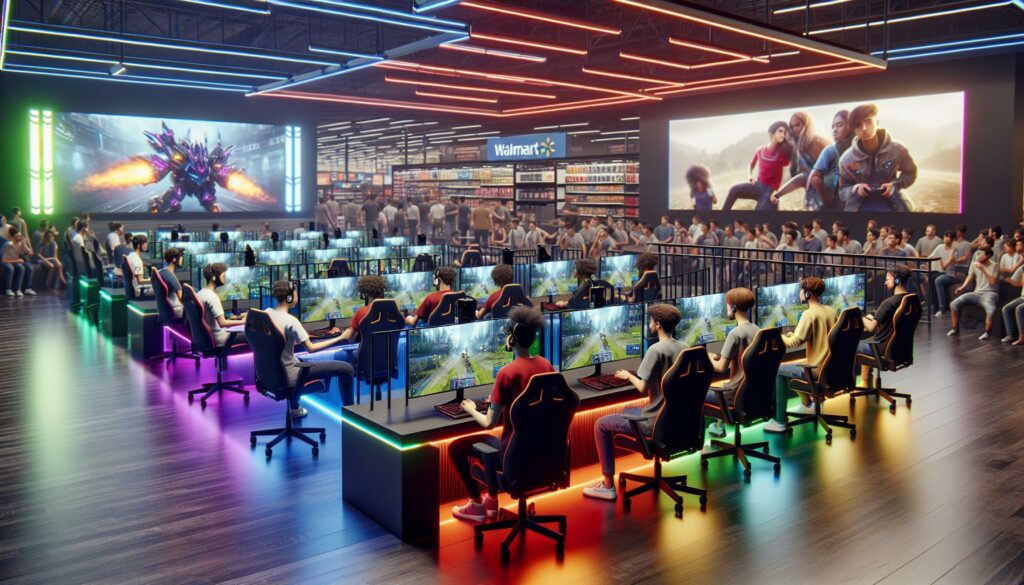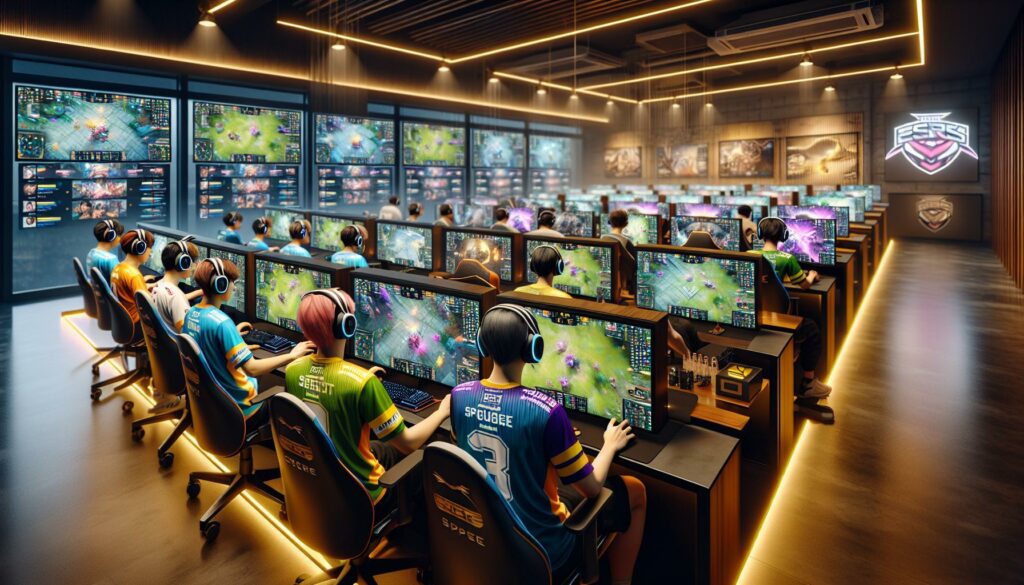As a longtime gamer and sports enthusiast I’ve watched the explosive growth of esports transform from basement LAN parties to selling out massive arenas. The debate over whether competitive gaming deserves recognition as a legitimate sport has sparked heated discussions across both traditional sports and gaming communities. I’ve seen firsthand how professional gamers dedicate countless hours to perfecting their craft requiring incredible reflexes strategic thinking and team coordination. Yet many traditionalists argue that the lack of physical exertion disqualifies esports from being considered a “”real sport.”” With esports revenue projected to exceed $1.8 billion in 2023 and major networks broadcasting tournaments alongside traditional sports I believe it’s time to seriously examine this question and challenge our preconceptions about what defines a sport.
- Esports has grown into a $1.8 billion industry with professional leagues, structured tournaments, and dedicated athletes training 8-12 hours daily
- Professional gamers demonstrate significant physical and mental demands, including reaction times of 180-250ms and heart rates reaching 160-180 BPM during competitions
- The International Olympic Committee has recognized esports as a “”sporting activity,”” with major events like the Asian Games 2022 featuring official medal events
- Competitive gaming shares many parallels with traditional sports, including structured training regimens, team dynamics, and professional infrastructure
- While facing challenges regarding physical activity levels and standardization, esports continues to gain mainstream acceptance through university programs and major broadcasting networks
Should Esports Be Considered as A Sport
Esports encompasses organized competitive video gaming where professional players compete in specific games for prizes, recognition and prestige. I’ve observed how this digital competition format transforms popular video games into structured tournaments with defined rules, rankings and competitive frameworks.
Key Elements of Competitive Gaming
Professional esports competition integrates multiple critical components:
- Tournament Formats: Single elimination, double elimination or round-robin structures
- Team Roles: Specific positions like carry, support or team captain
- Game Mechanics: Advanced techniques, strategies and meta-game knowledge
- Communication Systems: In-game chat, voice communications and team coordination
- Performance Metrics: KDA ratios, actions per minute (APM) and win rates
- Practice Regimens: 8-12 hours daily team training and individual practice sessions
Professional Gaming Infrastructure
The esports ecosystem operates through established competitive structures:
| Infrastructure Component | Key Features |
|---|---|
| League Systems | Regional divisions, promotion/relegation mechanics |
| Prize Pools | $1M-$40M for major tournaments |
| Broadcasting | Dedicated platforms (Twitch, YouTube Gaming) |
| Team Organizations | Professional management, coaching staff, analysts |
| Training Facilities | High-end gaming equipment, practice rooms |
| Sponsorships | Equipment manufacturers, energy drinks, tech companies |
- Official Game Publishers: Riot Games, Valve, Blizzard Entertainment
- Tournament Organizers: ESL, DreamHack, FACEIT
- Governing Bodies: International Esports Federation, World Esports Association
- Anti-cheating Systems: Tournament referees, software detection tools
- Player Contracts: Salary structures, performance bonuses, streaming obligations
Traditional Sports vs Esports: Breaking Down the Similarities
A detailed comparison between traditional sports and esports reveals significant parallels in competitive elements, skill requirements, and professional infrastructure. These similarities extend beyond surface-level observations to core aspects of athletic performance and training.
Physical and Mental Demands
Professional esports athletes demonstrate comparable cognitive demands to traditional athletes, with reaction times averaging 180-250 milliseconds. The physical requirements include:
- Maintaining 300-400 actions per minute in real-time strategy games
- Sustaining precise hand-eye coordination for 8-12 hours during tournaments
- Managing elevated heart rates reaching 160-180 beats per minute during competitions
- Executing complex finger movements with accuracy across 4-8 input devices
- Processing visual information from multiple screen segments simultaneously
Training and Practice Requirements
Professional esports athletes follow structured training regimens similar to traditional sports, with measurable performance metrics:
| Training Component | Daily Hours | Weekly Schedule |
|---|---|---|
| Team Practice | 6-8 hours | 6 days |
| Individual Skills | 2-3 hours | 7 days |
| Strategy Review | 1-2 hours | 5 days |
| Physical Fitness | 1 hour | 4 days |
- Analyzing gameplay footage with professional coaches
- Participating in scrimmages against competing teams
- Following nutrition plans designed by certified sports dietitians
- Engaging in mental conditioning with sports psychologists
- Practicing specific mechanical skills through specialized drills
- Maintaining physical fitness through targeted exercise routines
The Professional Athlete Perspective
Professional esports athletes demonstrate exceptional dedication comparable to traditional athletes, with structured training regimens often exceeding 12 hours daily. I’ve observed how the demands of professional gaming parallel those of conventional sports, requiring intense focus, strategic thinking, and physical endurance.
Skills and Dedication Required
Professional esports athletes maintain precise hand-eye coordination through 60-70 hours of weekly practice sessions. Their training includes:
- Executing complex mechanical skills at 300-400 actions per minute
- Maintaining peak mental focus for 6-8 hour tournament matches
- Mastering game-specific strategies across multiple patches
- Developing team communication protocols for high-pressure situations
- Managing physical fitness routines to prevent repetitive strain injuries
Career Paths in Esports
The professional esports ecosystem offers diverse career trajectories with competitive salaries:
| Position | Average Annual Salary (USD) | Career Length |
|---|---|---|
| Pro Player | $100,000 – $500,000 | 5-7 years |
| Coach | $50,000 – $150,000 | 8-10 years |
| Analyst | $45,000 – $120,000 | 10+ years |
| Team Manager | $60,000 – $200,000 | 10+ years |
- Transitioning from player to coach or analyst roles
- Moving into content creation with established fan bases
- Joining game development teams as consultants
- Managing esports organizations or teams
- Working in tournament operations or broadcast production
Arguments Supporting Esports as Sports
Compelling evidence supports the classification of esports as legitimate sports, backed by international recognition and standardized competitive frameworks. Professional leagues showcase structured competition formats comparable to traditional sports.
Olympic Committee Recognition
The International Olympic Committee’s recognition of esports marks a significant shift in competitive gaming’s legitimacy. In 2017, the IOC acknowledged esports as a “”sporting activity”” based on measurable intensity levels during competition. The 2022 Olympic Virtual Series featured five esports disciplines including motorsport, cycling, baseball, sailing, and rowing simulations. Asian Games 2022 included eight medal events in esports titles like League of Legends, PUBG Mobile, and Street Fighter V.
| Event | Year | Recognition Type |
|---|---|---|
| IOC Statement | 2017 | Sporting Activity Classification |
| Olympic Virtual Series | 2022 | 5 Virtual Sports Events |
| Asian Games | 2022 | 8 Medal Events |
- Regional qualifiers leading to international championships
- Professional leagues in North America, Europe, Asia with promotion-relegation systems
- Seasonal formats including regular seasons, playoffs, world championships
- Prize pools exceeding $40 million for premier events like The International
- Broadcasting rights deals with platforms like ESPN, Twitch, YouTube Gaming
- Licensed referees enforcing standardized rulebooks
- Anti-doping policies aligned with World Anti-Doping Agency standards
- Transfer windows regulating player movement between teams
| Competition Element | Statistics |
|---|---|
| Annual Major Tournaments | 25+ |
| Average Tier 1 Prize Pool | $1-5 million |
| Global Viewer Base | 532 million |
| Professional Teams | 500+ |
Challenges to Esports’ Sports Classification
The legitimacy of esports as a traditional sport faces several significant challenges from critics and sports purists. These objections center on fundamental aspects of athletic competition and sporting tradition.
Physical Activity Debate
Physical exertion in esports differs significantly from traditional sports, with critics focusing on sedentary gameplay positions. Medical research indicates that professional gamers’ heart rates reach 160-180 beats per minute during competitive matches, comparable to fast-paced walking. Studies from the German Sports University reveal that esports athletes produce up to 400 movements on the keyboard and mouse per minute, releasing cortisol levels similar to those of race-car drivers. However, these metrics fall short of the cardiovascular intensity found in conventional sports like basketball or soccer.
Traditional Sports Community Response
The established sports community expresses specific concerns about esports’ classification as a sport:
- International Olympic Committee members cite lack of standardized physical benchmarks across different games
- Professional sports leagues question the absence of direct physical competition between opponents
- Sports administrators highlight the rapid game changes that prevent consistent rule establishment
- Athletic directors at major universities express concerns about integrating esports into existing sports programs
- Traditional sports media outlets debate the allocation of coverage between conventional sports and esports
| Concern Area | Traditional Sports | Esports |
|---|---|---|
| Physical Contact | Direct opponent interaction | Virtual interaction only |
| Rule Consistency | Stable across decades | Changes with game updates |
| Equipment | Standardized | Variable by game title |
| Venue Requirements | Physical arenas | Digital platforms |
| Training Metrics | Established standards | Game-specific benchmarks |
These challenges represent significant hurdles in esports’ journey toward mainstream sports recognition, despite its growing competitive infrastructure and professional ecosystem.
The Future of Competitive Gaming
Competitive gaming continues its rapid evolution with significant developments in mainstream acceptance and institutional recognition. The trajectory indicates substantial growth in both viewership and revenue streams.
Mainstream Integration
Major broadcasting networks like ESPN, TBS and Sky Sports now feature dedicated esports programming blocks, reaching 728 million viewers globally in 2023. Traditional sports organizations, including the NBA, NFL and European football clubs, have established their own esports divisions with professional teams competing in games like NBA 2K and FIFA. The integration extends to advertising, with non-endemic brands such as BMW, Louis Vuitton and Mastercard investing $1.1 billion in esports sponsorships in 2023.
Key developments:
- Integration into streaming platforms (Twitch, YouTube Gaming)
- Cross-promotion with traditional sports events
- Mobile esports expansion in emerging markets
- Virtual reality tournament implementations
Educational Recognition
Universities and colleges increasingly embrace esports through varsity programs, scholarships and academic curricula. Over 175 colleges in North America offer esports scholarships, with average awards ranging from $5,000 to $15,000 per year. Educational institutions incorporate gaming-related courses in:
Academic programs:
- Game design and development
- Esports management
- Digital marketing and content creation
- Team management and coaching
| Educational Integration Stats | Numbers |
|---|---|
| US Universities with Varsity Programs | 175+ |
| Average Annual Scholarship | $5,000-$15,000 |
| Collegiate Players (2023) | 33,000+ |
| Academic Programs Offering Esports Courses | 385+ |
The curriculum integration extends beyond gaming, encompassing business strategy, marketing analytics and sports psychology components. These programs create direct pathways to careers in the esports industry, with graduates entering roles in team management, event production and content creation.
I believe the evidence clearly shows that esports deserves recognition as a legitimate sport. The dedication skill requirements and professional infrastructure mirror traditional athletics in countless ways. From the intense training regimens to the mental fortitude needed for high-level competition esports athletes demonstrate the same commitment as their conventional counterparts.
While physical exertion remains a point of contention the cognitive demands and structured competitive environment of esports cannot be ignored. With growing mainstream acceptance Olympic recognition and established professional leagues I’m confident that esports will continue to evolve and cement its place in the sports world.
The future of competitive gaming looks incredibly bright and it’s time we embrace esports as a valid form of athletic competition.



